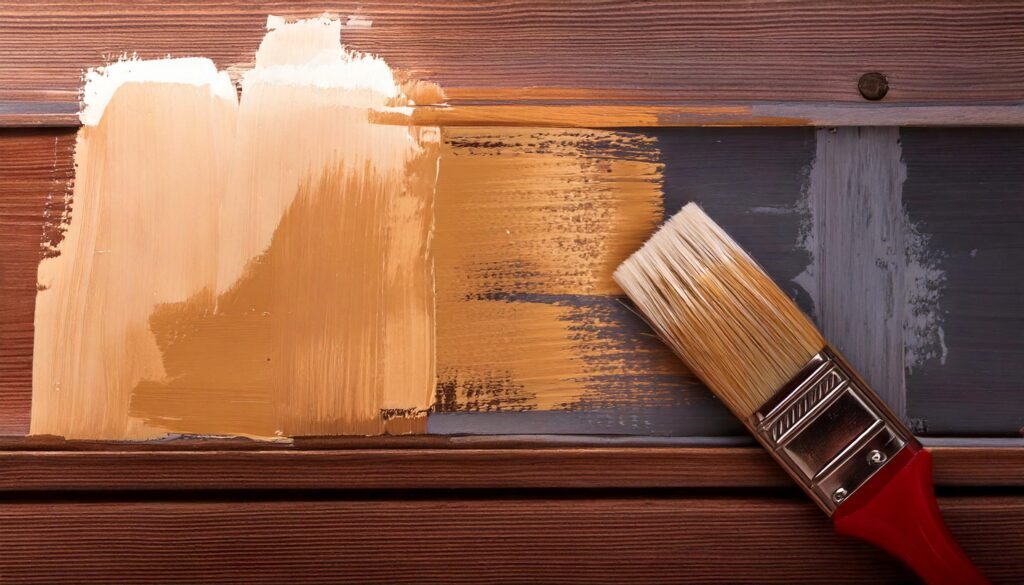Common Painting Mistakes and How to Avoid Them
Painting your home can be a rewarding way to refresh your space, but it’s easy to make mistakes that can detract from the final result. From choosing the wrong paint to skipping crucial preparation steps, common painting mistakes can lead to uneven finishes, peeling paint, or unnecessary frustration. In this guide, we’ll walk you through some of the most frequent painting mistakes and provide practical advice on how to avoid them, ensuring a professional-looking finish every time.
1. Skipping Proper Preparation
One of the biggest mistakes people make is neglecting to prepare the surface before painting. Failing to clean, sand, or prime the surface can result in paint that doesn’t adhere properly or looks uneven. Good preparation sets the foundation for a successful paint job and makes all the difference in achieving a smooth finish.
How to Avoid This Mistake:
- Clean the Surface: Remove dust, dirt, and grease with a damp cloth or mild soap solution.
- Sand Rough Areas: Lightly sand the walls to create a smooth, paint-friendly surface.
- Apply Primer: Always prime bare surfaces or problem areas to improve paint adhesion.
2. Using the Wrong Paint Type or Finish
Choosing the wrong paint type or finish can make a significant difference in how a room looks and how durable the paint job is. For instance, using a matte finish in high-moisture areas like bathrooms can lead to mould growth, while using high-gloss paint in a bedroom may be too reflective and highlight imperfections.
How to Avoid This Mistake:
- Know Your Room Requirements: Choose moisture-resistant paint for bathrooms and kitchens.
- Match Finish to Function: Use high-gloss or semi-gloss finishes for trim, satin for living spaces, and matte for ceilings.
- Consider Durability: High-traffic areas benefit from paints that are washable and stain-resistant.
3. Applying Too Much Paint at Once
Another common mistake is applying thick layers of paint in an attempt to get the job done faster. Thick coats can lead to drips, uneven coverage, and longer drying times. Instead, applying multiple thin layers will provide a more even and polished look.
How to Avoid This Mistake:
- Apply Thin Coats: Use a roller or brush to apply even, thin layers of paint.
- Let Each Coat Dry: Allow each coat to dry completely before applying the next to ensure even coverage.
- Watch for Drips: Keep an eye out for drips, especially around edges and corners, and smooth them out immediately.
4. Neglecting Painter’s Tape
Painter’s tape is your best friend when it comes to creating clean, crisp lines. Skipping this step or using poor-quality tape can lead to messy edges, paint bleeding onto other surfaces, and an unprofessional finish.
How to Avoid This Mistake:
- Use High-Quality Painter’s Tape: Invest in good tape to ensure paint doesn’t bleed through.
- Seal the Edges: Press down firmly along the tape to prevent gaps where paint could seep through.
- Remove Tape at the Right Time: Take off the tape while the paint is still slightly wet to avoid peeling.
5. Painting in Poor Weather Conditions
If you’re painting exterior surfaces, weather conditions play a crucial role in the outcome. Painting on a very hot, humid, or cold day can affect how the paint dries and adheres, leading to issues like blistering or peeling.
How to Avoid This Mistake:
- Check the Weather Forecast: Choose a day with mild temperatures (between 10-30°C) and low humidity for best results.
- Avoid Direct Sunlight: Paint in the shade if possible to avoid rapid drying that can cause cracking.
- Wait for Dry Conditions: Avoid painting right before or after rain to prevent moisture issues.
6. Using Low-Quality Brushes or Rollers
The quality of your tools impacts the quality of your paint job. Low-quality brushes and rollers can leave streaks, shed bristles, or cause uneven coverage, resulting in a disappointing finish.
How to Avoid This Mistake:
- Invest in Quality Tools: Use high-quality brushes and rollers to achieve a smoother application.
- Match Tools to the Paint: Use rollers with the right nap length for your surface—short nap for smooth walls and longer nap for textured surfaces.
- Clean Tools Properly: Clean and maintain your tools between uses to extend their life and ensure better results.
Conclusion
Avoiding these common painting mistakes can make the difference between a lacklustre finish and a beautifully transformed space. By properly preparing surfaces, using the right tools and products, and taking your time, you can achieve professional-looking results that last. At AAA Painters, we understand the value of a perfect paint job and are here to help with all your painting needs—ensuring you get the results you want every time.
Need Expert Help with Your Painting Project?
Our team of professional painters at AAA Painters can help you avoid common pitfalls and ensure a flawless finish. Contact us today for a consultation and take the stress out of your next painting project.




